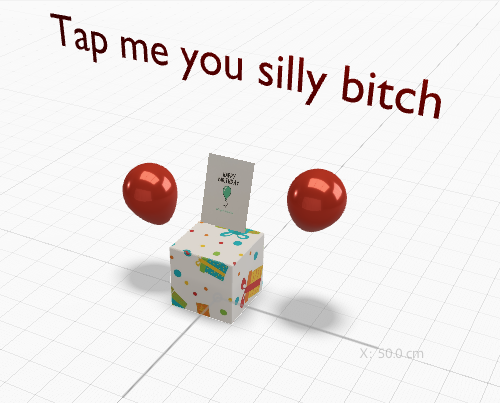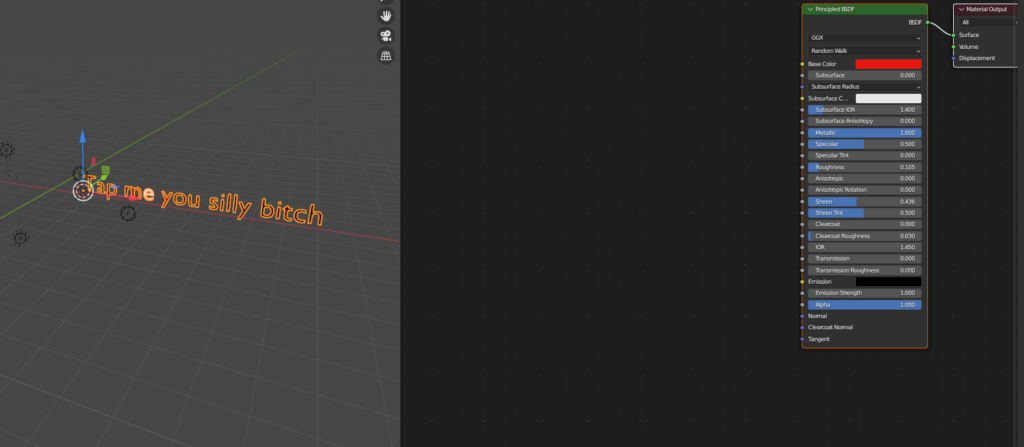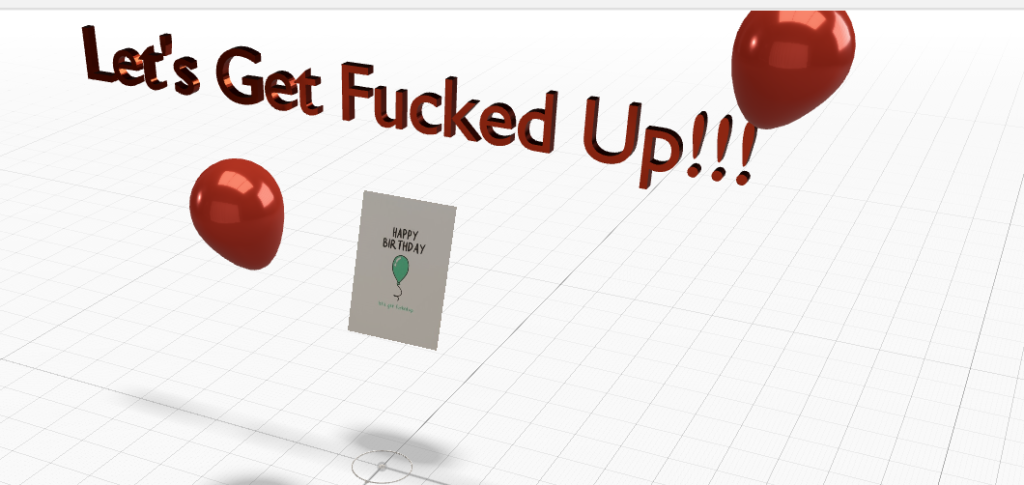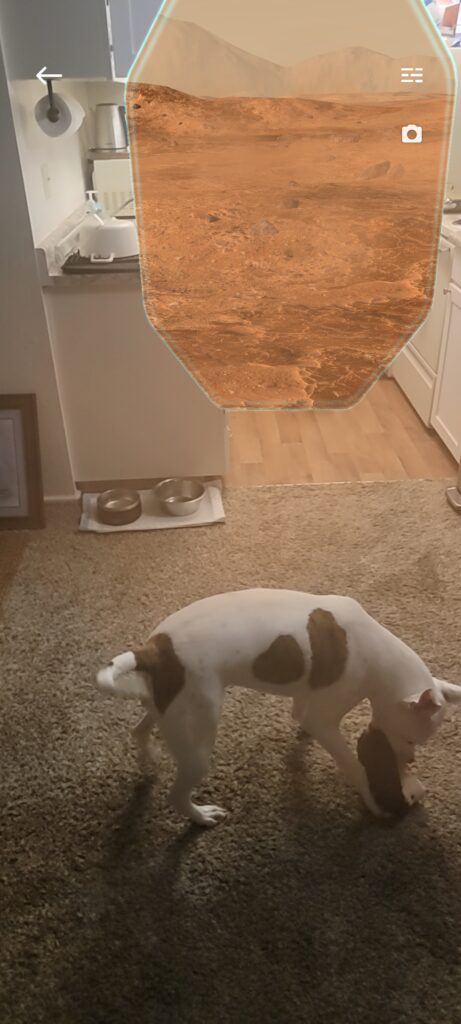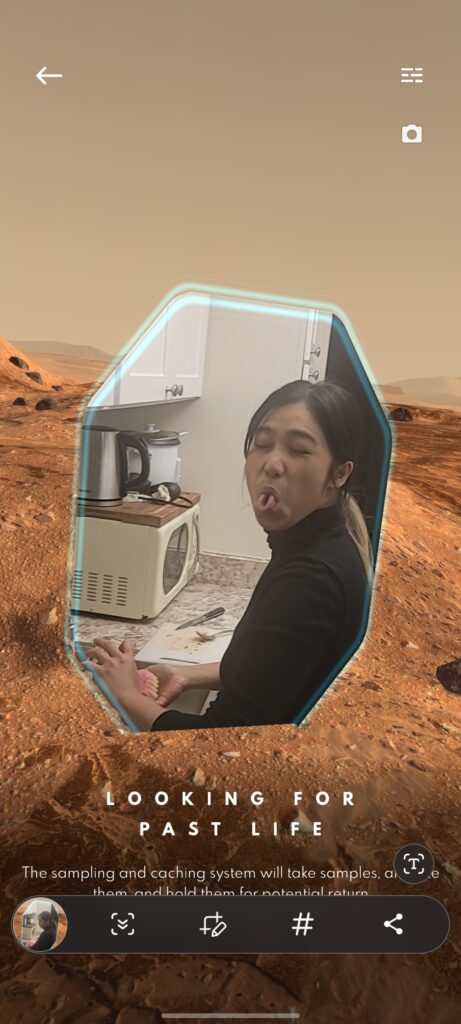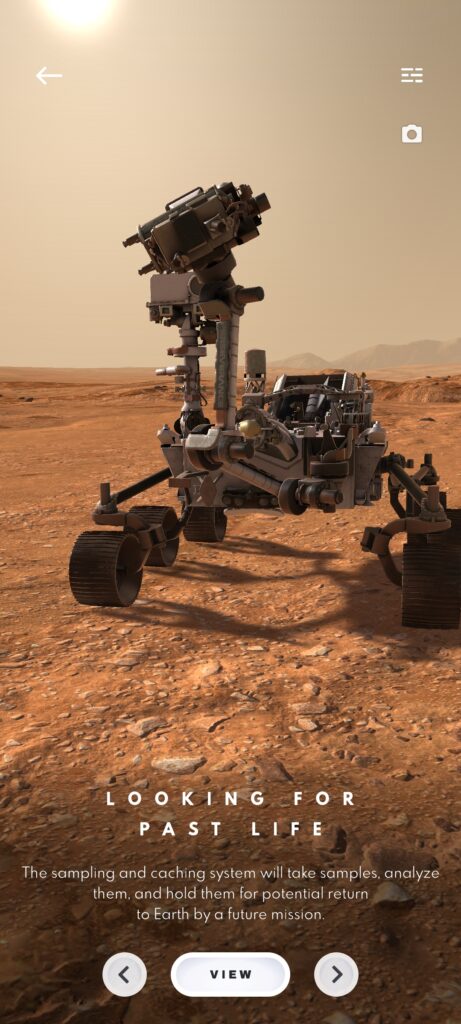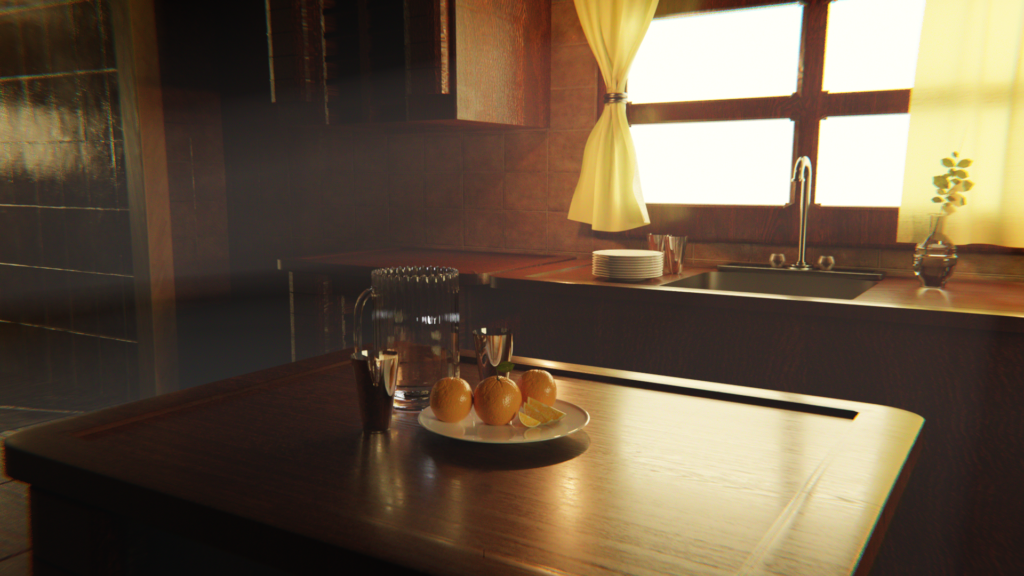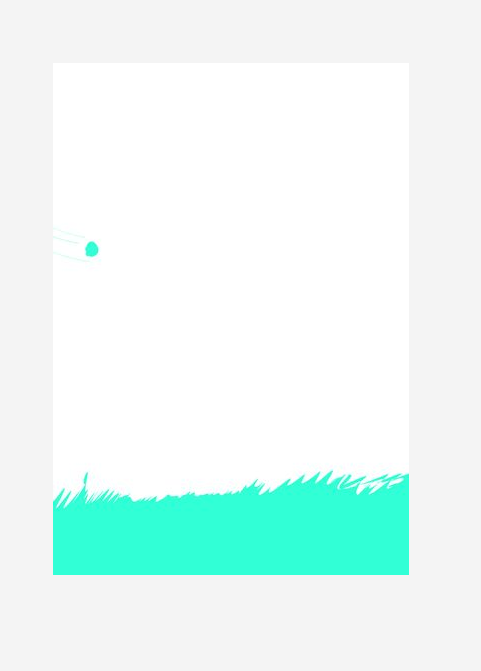by Justin Bernardy
This week we have been tasked with talking about our counterpart programs, and the little piece of that world that we’ve begun to understand through our New Media classes. The more material we learn from these courses, the more I realize that each program has its own unique facets, yet still manage to compliment one another profoundly. While design seems to approach problem solving primarily with strategic and logical methodology; visual media such as film making seems to allow the creator to invest more energy into creative thinking to solve problems.
Regarding the statement I made above, I am not saying that both fields do not have aspects of creativity and problem solving. For instance, film creation and editing is an art form, absolutely, but it is also a science. Implementing specific camera angles to produce a desired emotion among the audience or insinuate what is to come in the scene is just one example of this. As part of the narrative film making course, we watched segments of movies and studied the camera angles used in specific scenes. Even if you had not seen a film, understanding these angles would help you make an approximation of what was in store, such as a ‘Cowboy shot’ indicating tension or conflict. Following the actual act of filming, enter editing. The process of cutting footage, adding and adjusting sounds and transitions, filters, effects and etc. requires precision and skill. So in effect, while filming has a large degree of creative freedom, a practical, skillful, and informed approach is required to bring a vision to life in the most effective way possible; much the same way one might approach a design problem.
Some of the ways that visual media and design can work in tandem are obvious. For example, a person whose primary expertise lies in visual media might be skilled in film, photography, animation etc. A designer might use some of that artwork, film, or photos in web design, printing, advertisement…there are numerous possibilities. However, I believe as a designer or photographer/cinematographer, if we are able to understand the thought process behind one another’s workflow, we can incorporate it more effectively into our own, and we can also work together more harmoniously.
An example of how I might use this personally, goes back to the narrative film and after effects classes that I mentioned briefly earlier. My primary passion and goal is to be a professional illustrator or animator, and in either of those professions your aim is to breathe life into the subject matter and make the audience feel something. Doing so is almost certainly made easier just with the basic knowledge of camera angles, and meticulously crafted shots, which can be carried over to animation or illustration to add a sense of dynamics. More specifically in line with that goal, we are learning the basic principles of animation, such as squash and stretch in the after effects course, which is a principal that gives the animated person or object a sense of weight and gravity.
In conclusion, while in the worlds of visual media and design, t is typically better to specialize in something, there is absolutely merit in having a degree of understanding of both sides. Moving forward, I will have a fresh outside perspective and new tools to approach creative problem solving with.
